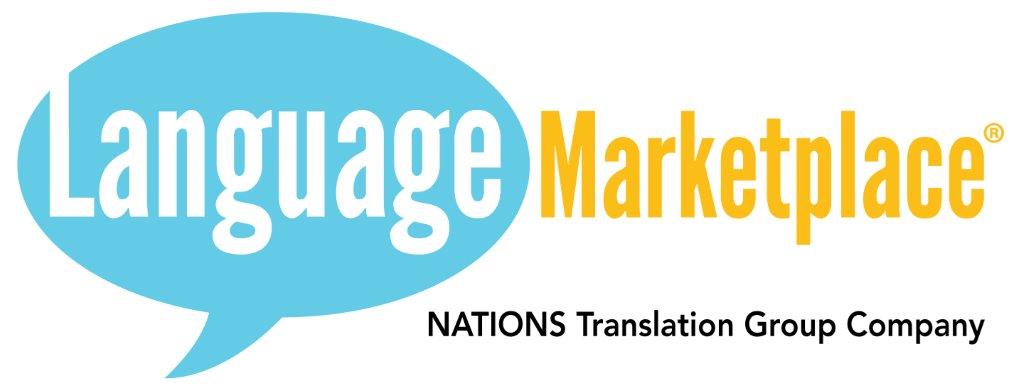Localization of content has become inescapable as customers increasingly expect content in a language that they can understand. The amount of content that is becoming available has become huge and thus making content available in a localized language has become a big issue. Using the services of human translators is never going to be able to cope with this problem. You need help from machine translation. Several software solutions have become available that can do automated translations. The accuracy levels have become quite high so that human translators assisted by such automatic translators could be an effective configuration.
As software solutions move to the cloud increasingly, these translation services also are now available via the cloud and end users could hope to get a bulk of translations done for a fee or subscription or even free. Language service providers can add such tools to their processes to increase flow of work through their services.
The automatic translators or the machine translator tools could be of rule based or statistical type of engines. The statistical engines for translation do not depend on any knowledge about the language pair involved. These engines learn to translate by looking at examples of the source text and corresponding translated text. Industry specific terms could be taught to these systems through training. The results are not very consistent but often, the translated text sound quite fluent.
By contrast, the rule based engines are based on rules of grammar and the language of the two languages involved. Specialist terminology and words are taken care of by specialized dictionaries. These kinds of systems usually deliver consistent quality when used with the specialized dictionaries.
These translation software often utilize what is known as translation memory to reduce the workload. Most often, the standard contents like product documentation, sales collateral, marketing tool, web-pages have similar messages that contain same repeating phrases, word, sentences, etc. Quite often these could be more than 40% of the text to be translated. If we had canned sentences, words, phrases, etc. in the target language available in a memory, they could be simply looked up and used. That could be a large gain on productivity. You could set up a database that will keep the translated words, phrases, sentences stored for future use. You could use a 100% match criteria to retrieve translations. Many a times a fuzzy match works quite well too. The setting up of the fuzzy match could be guided by the experience of the translation professionals in the service organization.
The translation workflow then will use machine translation whenever translation memory could not be effectively utilized. After the translation is completed, a human translator could make any editing and corrections necessary completing the process. The translation service bureaus often offer software utilizing multiple translation engines. A large number of languages and a very large combination of language pairs could be used for translations. Combining human editors to carry out post-editing on the machine translated output often provides you the best kind of results. Obvious gains are higher productivity, lower costs and faster turn-around.
